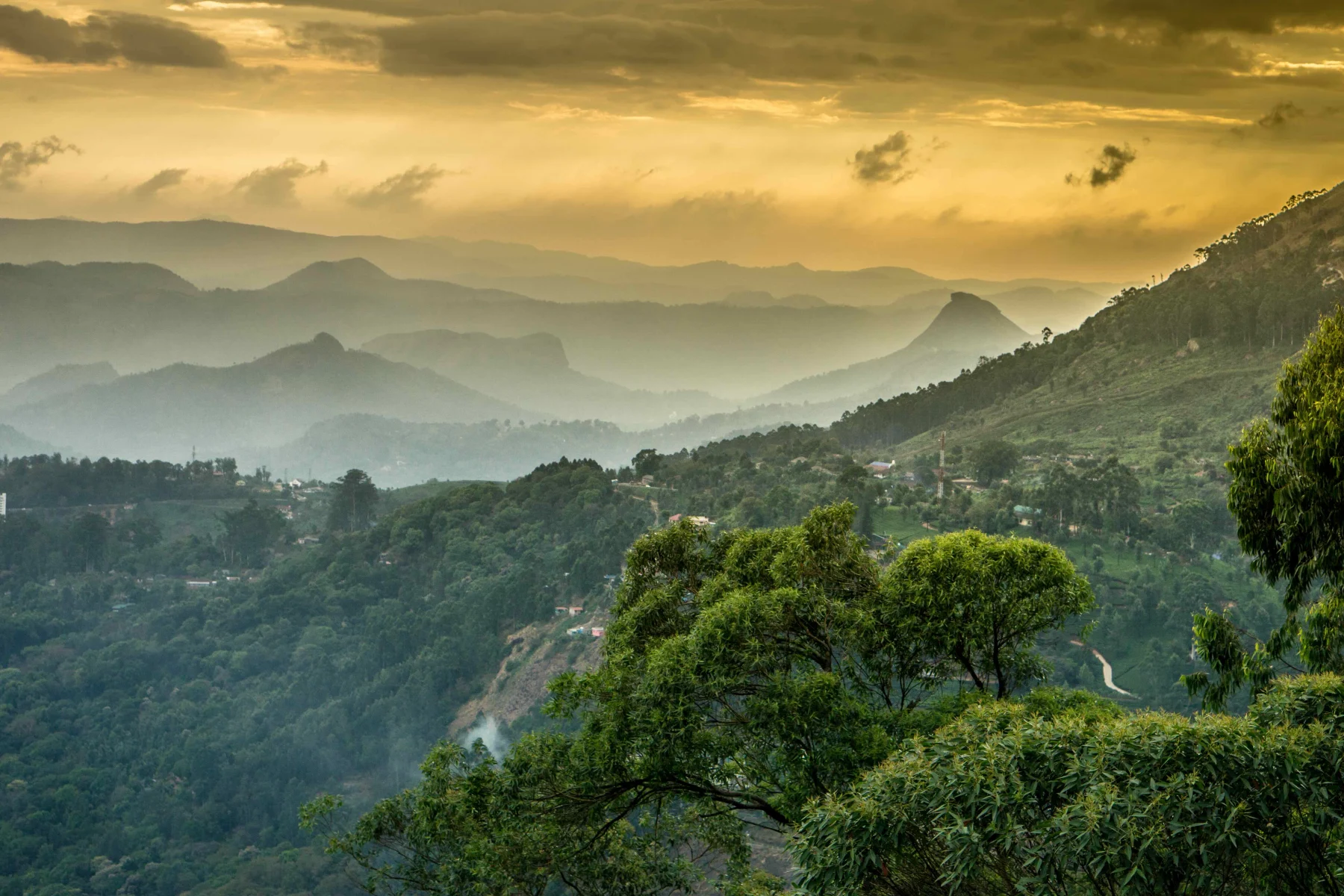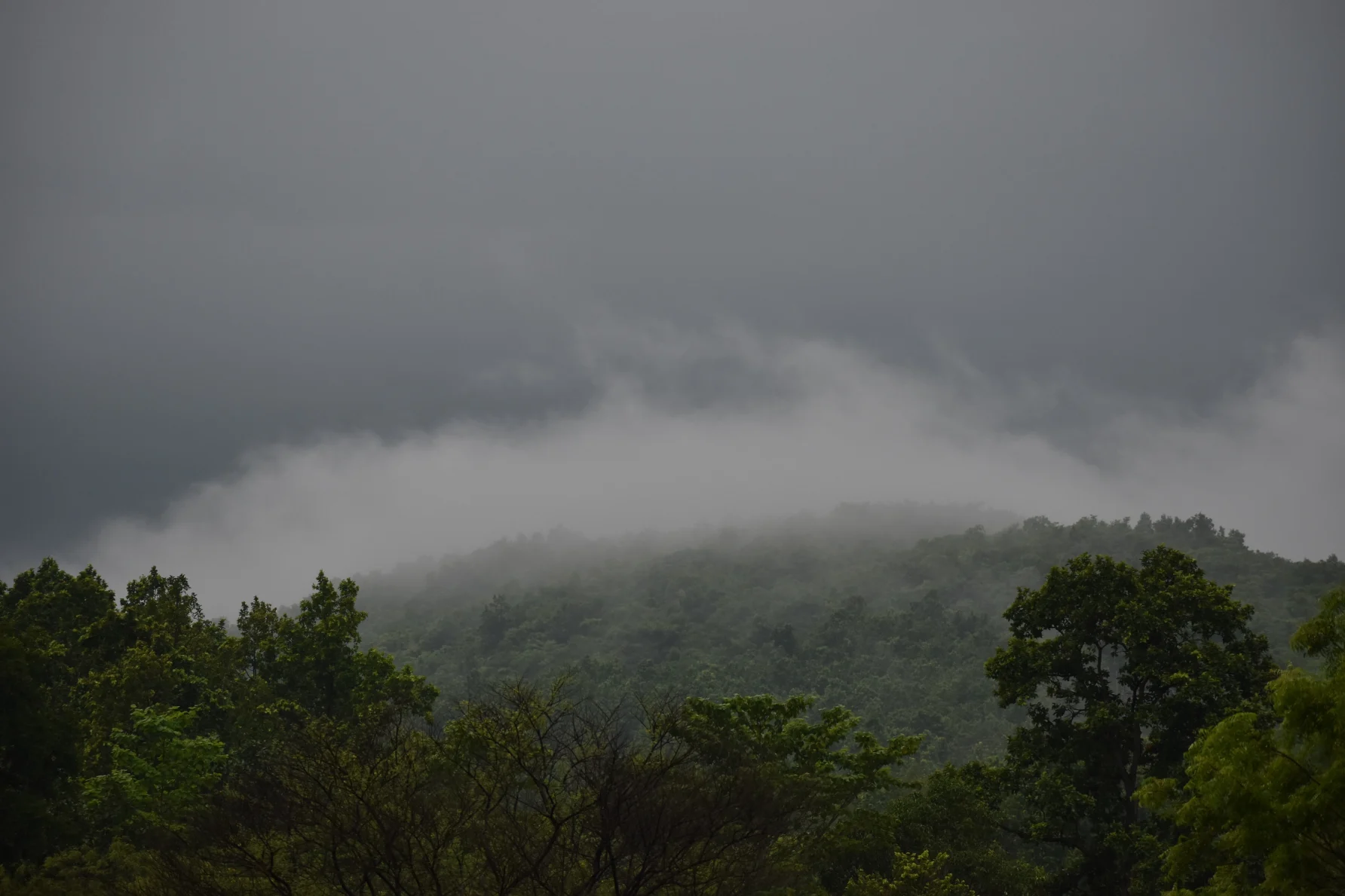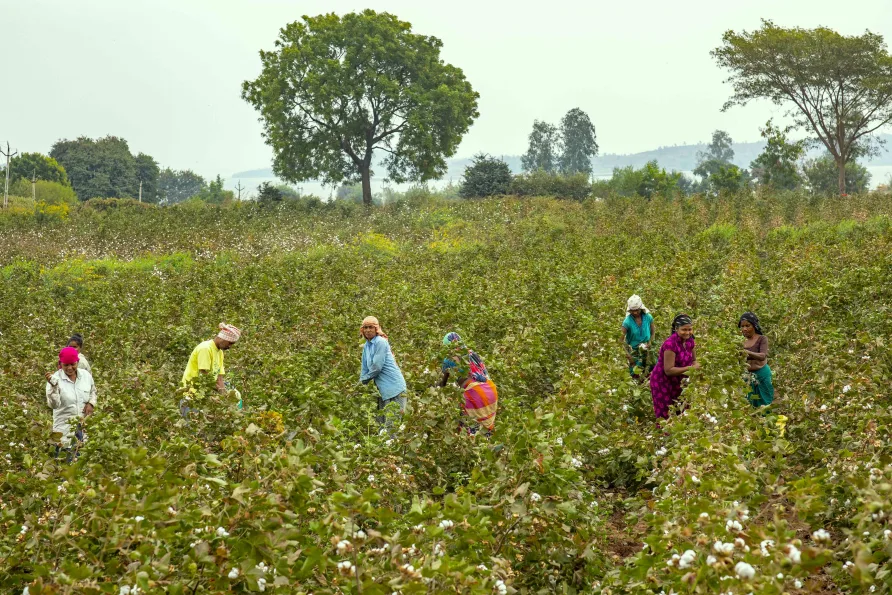
Who stewards the forests?

What happens to the biodiversity and communities whose lives depend on a piece of land when that land is acquired? A new book explores the limitations of environmental law in India
Published 14 May 2024
It was a dreary, grey monsoon morning in the coal-rich district of Sundergarh in the state of Odisha.
Located in eastern India on the Bay of Bengal, Odisha contains the third-largest population of Adivasi communities in India, and forest covers over 30 per cent of the state’s total area.

Odisha’s economy is heavily dependent on the extraction of minerals like coal, iron and bauxite.
Due to the various challenges posed to the protection of local forests by mining, along with timber smuggling and poaching, it is a site of many conflicts between industry, forest-dwelling communities (who have been dependent on these lands for generations) and conservationists – in India, the latter tends to describe the powerful wildlife lobby that has pushed for exclusionary conservation as the dominant model for regulating forests.

I had journeyed to Sundergarh in early August 2018 to meet with the activists from the Hemgiri Adivasi Ekta Sangathan – or the Hemgiri Association for the Unity of Adivasis – to understand their ongoing protests against an expanding coal mine.
What became clear to me was the complexity of governing and stewarding India’s forests.
In the spirit of this evolving understanding of a complicated narrative, it is the intricacies of the legal categorisation of land, the political economy of extraction, the control exerted by the Indian state in these areas, and the resistance by forest-dwelling communities.
These local struggles seldom use the vocabulary of climate change to mobilise around rights to land and forests, as these communities are confronted by more immediate concerns over pollution, land acquisition and deforestation.

Yet these singular legal battles against extraction form an integral part of legal action against climate change.
The February 2022 report by the Intergovernmental Panel on Climate Change, Climate Change 2022: Impacts, Adaptation and Vulnerability makes a poignant observation about the climate crisis being interconnected with other environmental threats like pollution and biodiversity loss.
This reframing of the climate crisis connects it to the lived realities and stewardship dilemmas facing the forest-dwelling communities of India, but it is only in the past year that these communities have started to rally around climate.

Sciences & Technology
The fiery curse of conservation
An example of this is Adivasis’ opposition to the expansion of a coal mine in the pristine Hasdeo Arand forests in the state of Chhattisgarh in east-central India, famous for their biodiversity and significant elephant reserves.
Here, Adivasi communities are forging meaningful connections between the local struggle for forest rights, the broader debate around climate change and the need to curb fossil-fuel industries.
Forest-dwelling communities have been residing in and dependent on forest areas for generations. It is a heterogeneous collective, consisting of groups who self-identify as Adivasis.
‘Adivasi’ is a term that emerged in the 1930s through political movements by tribal communities intended to create a united identity among those legally categorised as Scheduled Tribes – a legal class used to recognise some tribal communities, lower-caste communities and pastoral communities.

The Adivasi historically have been excluded by colonial forest laws – which went on to be adopted in independent India – from accessing forest resources and land due to exclusionary conservation practices.
Exclusionary conservation specifically refers to the practice of creating zones within forest areas devoid of interference by humans, along with laws that regulate human interference.
The dilemmas faced by forest-dwelling communities due to exclusionary conservation are captured in the everyday reality of the Jenu Kuruba community in the dense tropical forests of Nagarhole, in the southern Indian state of Karnataka.

Sciences & Technology
Planting trees is no substitute for natural forests
The Jenu Kurubas are traditional honey collectors who have lived in this area for generations.
But since the declaration of the forest as a tiger reserve in 1999, they have been confronted with eviction — a threat the Jenu Kurubas continue to wage a legal battle against.
This is the story of so many forest-dwelling communities inhabiting tropical to deciduous forests in India, where efforts to conserve also result in the marginalisation of Adivasi rights to land and resources.
As the climate crisis looms ever larger, the tensions between forest rights and the demands for conservation are likely to deepen.
Uncontrollable forest fires are becoming more common, and forests are now required to be protected as carbon sinks, given their natural ability to sequester carbon.

Environmental lawyering then becomes critical to ensure that forest-dwelling communities do not experience the double whammy of being adversely impacted by climate change and displaced from the forests because of it.
The right to self-determination and sovereignty, as articulated by the Adivasi in central and eastern India, is one of developing a relationship with the formal Indian state such that forest-dwelling communities can determine when the formal state steps in and also how it incorporates locally-led plans and resolutions.

Environment
India builds for future with climate plan
Here, sovereignty is theorised in relation to the formal Indian state and the customary institutions of forest dwellers, and shaped by the interests of mining companies that intend to acquire forest land.
Climate change is likely to disrupt the legal concept of sovereignty, so there is a need to move away from assertions of this as a strategy for accumulation, towards frameworks of sovereignty that allow for regulatory networks of care and stewardship to thrive.
This is an edited extract Governing Forests by environmental law and justice scholar, Arpitha Kodiveri, published by Melbourne University Press.
Banner: Getty Images
